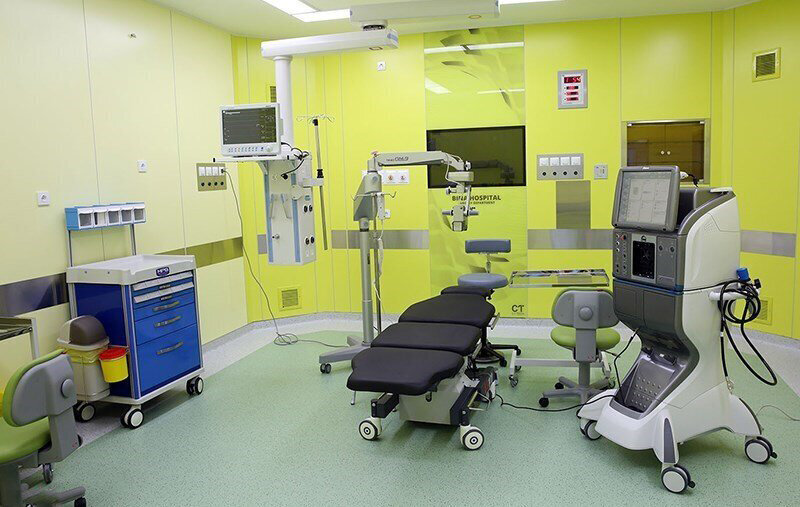Charitable donations to healthcare sector up 100%

TEHRAN -The contribution of benevolent people and non-government organizations (NGOs) to the healthcare sector rose by 100 percent in the previous Iranian calendar year that ended on March 20.
Benevolent people and NGOs hold a 30 percent share of development projects in the healthcare sector, Mohammad-Javad Heidaripour, an official with the Ministry of Health, has said.
“In the past year, we experienced a 100 percent growth in charitable donations, which is very promising and heralds a new era in the field of public participation in the health system.”
Referring to the strong presence of benefactors for providing medical equipment and building medical centers in all the cities of the country, Heidaripour said: “Iran's rank in the field of philanthropy is very significant in such a way that the country's philanthropy rank in the world in the 10-year period ending in 2021 was 22.”
“Many philanthropic activities are not registered in the country. If these activities are included, Iran will be among the 10 most philanthropic countries in the world.”
So far, more than 21,000 benefactors who cooperate with the healthcare system have been identified, and information on more than 2,700 non-governmental organizations in the field of health has been collected throughout the country, he concluded.
In June 2021, Ahmed al-Mandhari, the World Health Organization director for Eastern Mediterranean Region, said the Islamic Republic of Iran is a role model for primary health care.
For the past four decades, its PHC network has aimed to ensure that people have timely access to affordable, accessible, and acceptable essential health services, he explained.
In October 2021, World Health Organization (WHO) representative to Iran Jaffar Hussain, said that Iran's health system can be a model for other countries in the region, especially in the field of health and the use of valuable forces such as healthcare providers.
Electronic health records have been set up so far for 98 percent of people in the country, Mostafa Rezaei, an official with the Ministry of Health, has said.
An electronic health record (EHR) is a digital version of a patient’s paper chart. EHRs are real-time, patient-centered records that make information available instantly and securely to users.
One of the key features of an EHR is that health information can be created and managed by authorized providers in a digital format capable of being shared with other providers across more than one healthcare organization.
EHRs are built to share information with other healthcare providers and organizations – such as laboratories, specialists, medical imaging facilities, pharmacies, emergency facilities, and school and workplace clinics – so they contain information from all clinicians involved in a patient’s care.
Only two percent of the Iranian population do not have an electronic health record service, and they can go to the service providers of their place of residence and create an electronic file, Rezaei explained, ISNA reported.
The electronic health record program was launched across the country in 2019.
The EHR project is jointly implemented by the ministries of health and ICT, the National Organization for Civil Registration, the Statistical Center of Iran, the Iran Health Insurance Organization, and the Social Security Organization.
The national budget bill for the current Iranian calendar year 1402, which started on March 21, has increased the health sector’s budget by 29 percent compared to the current year’s budget.
MG
